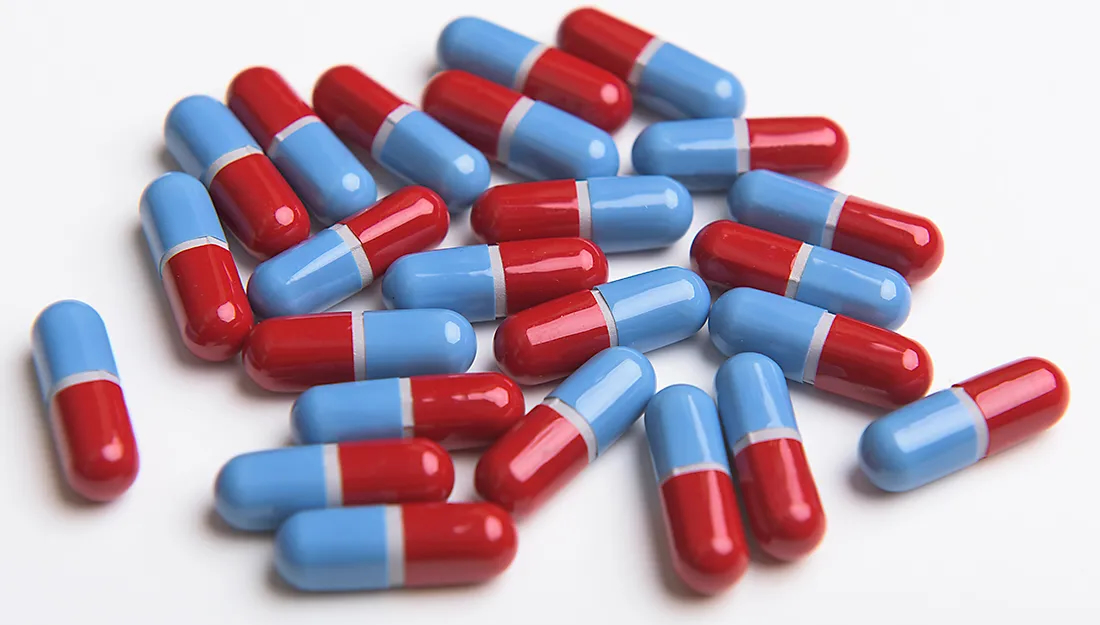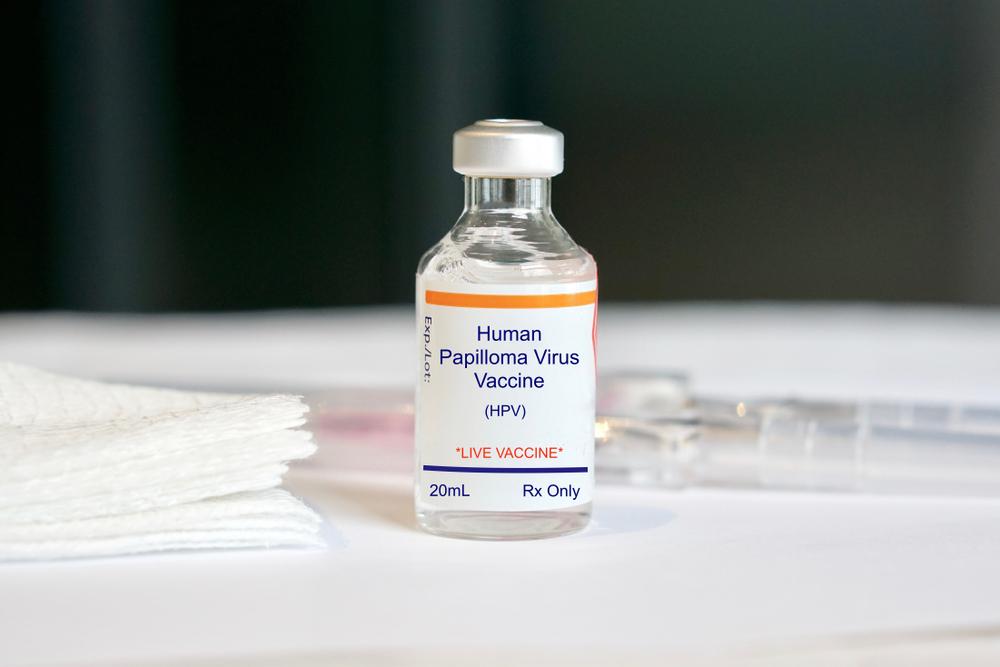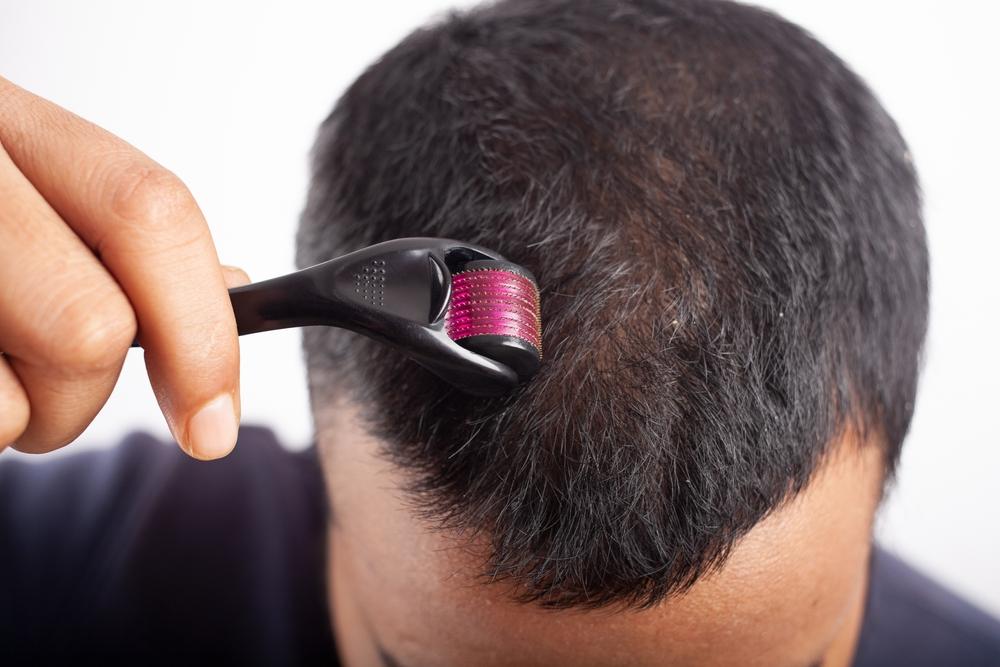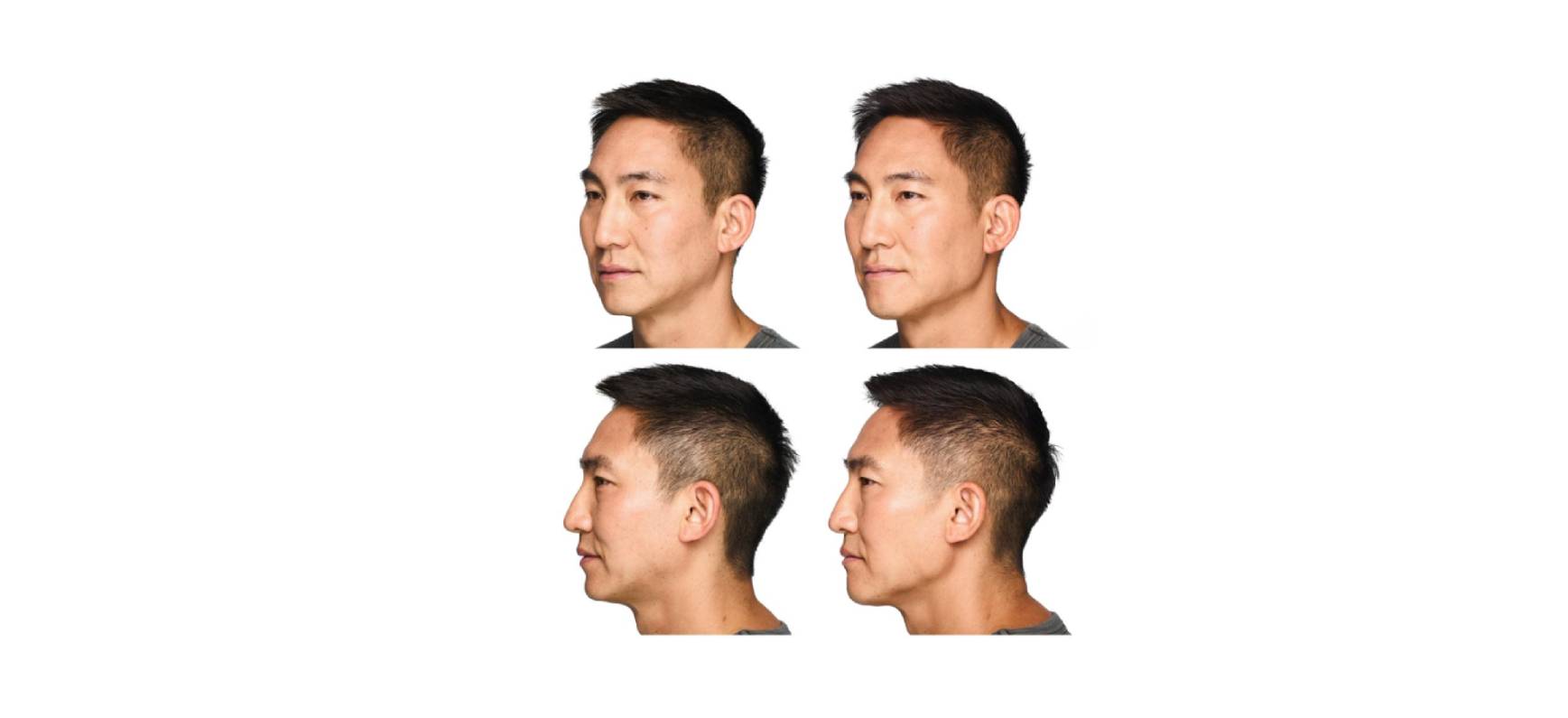Armpit rash: an irksome, nagging skin concern that most of us, regrettably, have faced or will face at some point in our lives. Although it’s a rather unglamorous topic, it’s imperative to understand the nitty-gritty behind this persistent issue. Here’s your deep dive into armpit irritation and its potential triggers.
Understanding Armpit Skin’s Vulnerability
Dermatologically speaking, the armpit is quite a unique area. The skin in this region is markedly thinner compared to the rest of the body. This quality renders it susceptible to myriad environmental irritants. Moreover, the armpit is a skin fold zone—where skin constantly rubs against neighboring skin. This continuous friction, combined with the typical moist environment of the armpit, fosters a breeding ground for bacteria and fungi. Consequently, the stage is set for potential rashes or inflammation, medically termed ‘intertrigo’.
Ten Common Culprits Behind Armpit Rashes
Dermatitis
Broadly speaking, dermatitis is skin irritation. There are various types, but in the context of armpits, atopic and seborrheic dermatitis are relatively rare. What you might often encounter is allergic contact dermatitis—an allergic reaction to substances touching the skin. It can be distinguished by red, flaky, or bumpy rashes often accompanied by itching.
- Deodorant Rash
A rash from deodorant usually stems from irritation, not a true allergy. The cocktail of ingredients in deodorants can sometimes antagonize the delicate armpit skin. First step? Ditch the offending deodorant and seek out hypoallergenic alternatives. - Heat Rash
As the name suggests, heat and sweat culminate in this prickly rash, especially common in balmy weather. Drying agents and swift clothing changes post-workout can be helpful preventative measures. - Folliculitis
This condition is inflammation around the hair follicles, characterized by red bumps and sometimes white pustules. Antibiotics might be needed to combat this bacterial overgrowth. - Inverse Psoriasis
Unlike traditional psoriasis, inverse psoriasis is exclusive to skin folds and lacks the flaky appearance, often presenting as red patches. A dermatologist’s expertise is crucial for a proper diagnosis and treatment plan. - Candida
Essentially a yeast infection, candida can cause red rashes accompanied by small red lesions. Hygiene and dryness are your allies here. - Ringworm
Despite its name, it’s a fungal infection, notorious for its distinctive ring-like appearance. Topical antifungals can help fend off this invader. - Side Effects from Cancer Treatments
Certain chemotherapy treatments can cause rashes resembling red, tender plaques or even blisters in the armpit region. The treatment protocol often includes anti-inflammatory creams or even oral steroids. - Acne Inversa
Also called Hidradenitis supertiva, it’s an inflammatory disorder affecting hair follicles in skin folds. Characterized by boils and scarring, it’s a notoriously challenging ailment to treat. - Erythrasma
Particularly fond of armpits, this bacterial infection manifests as red patches, often with mild scaling. Treatment involves antibacterial washes and creams.
Concluding Thoughts
The realm of armpit rashes is vast, with many potential culprits. If your underarm is causing you discomfort, consider seeking professional guidance. While general hygiene and ensuring the area remains dry can act as precautionary measures, only a certified dermatologist can provide a definitive diagnosis and solution.
Remember, while our armpits might be tucked away and out of sight, they shouldn’t be out of mind when it comes to proper skincare. After all, they serve us diligently every day, facilitating our movements and housing crucial lymph nodes. They deserve the same care and attention we provide to the rest of our body.
The journey to a more confident you starts with one decision. That is the decision to get treated, why wait? If you’re on the fence or have questions brewing, remember: We at Sullivan Dermatology are always here to help.
If you have any concerns, don’t hesitate to reach out to us at Sullivan Dermatology – we’re here to make you your best!








